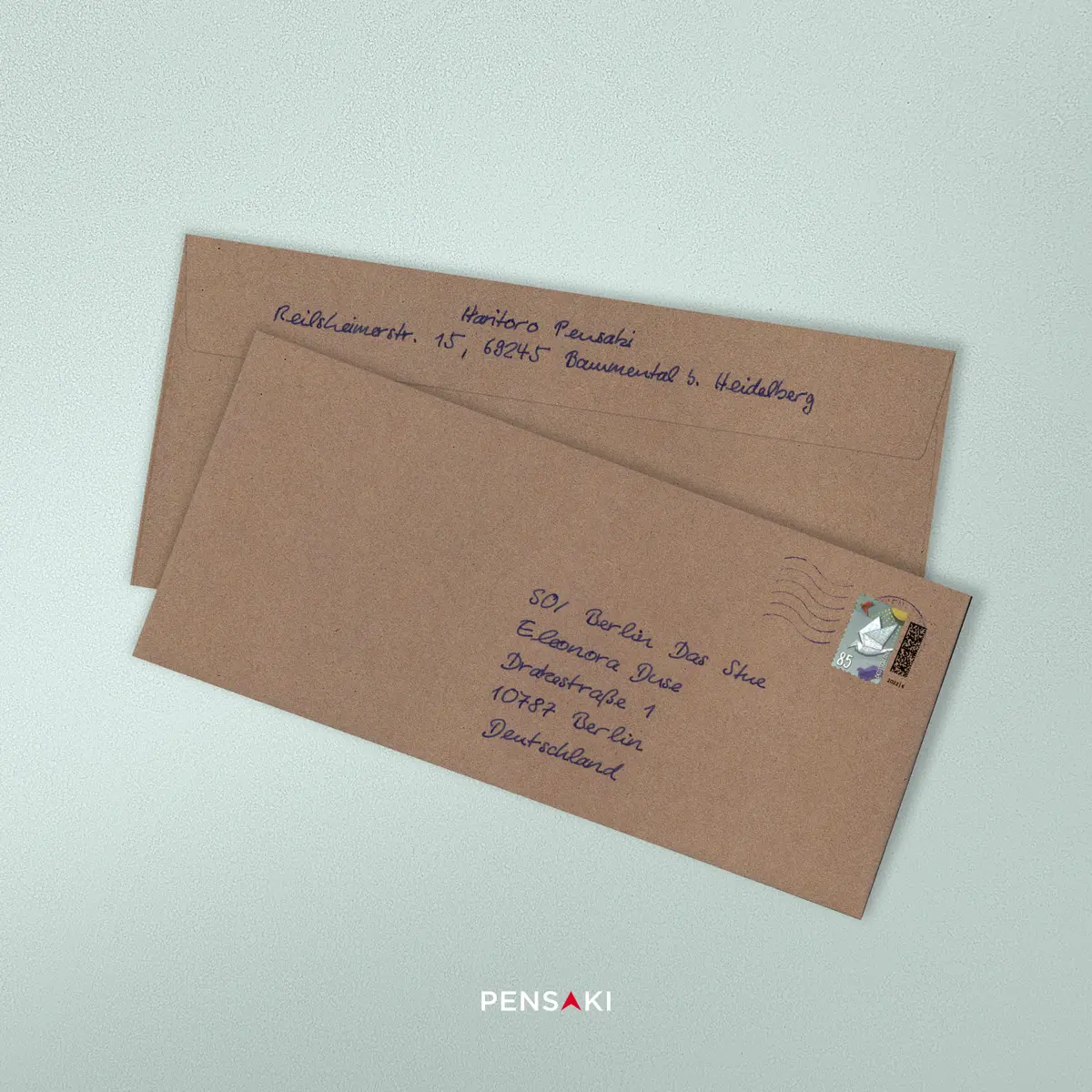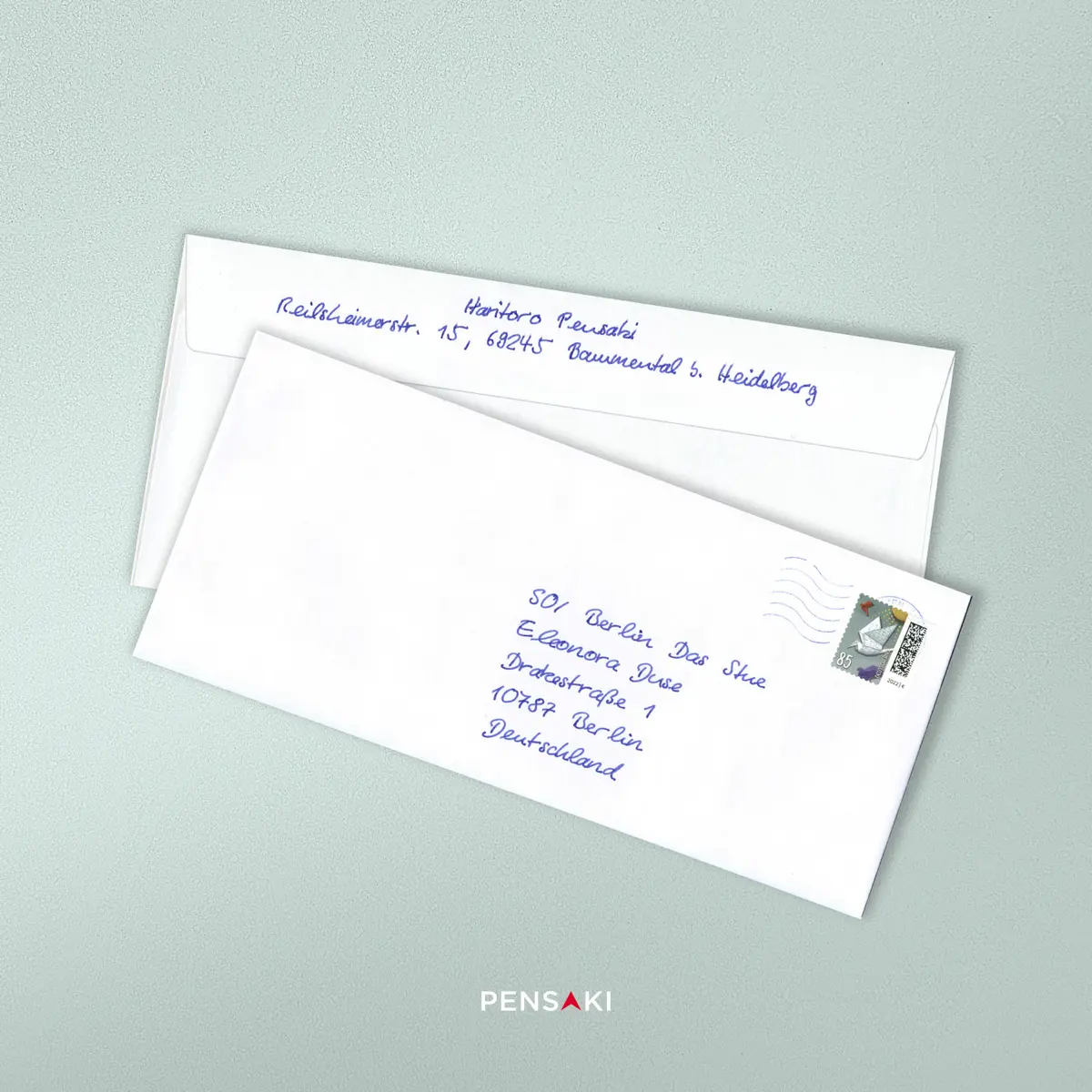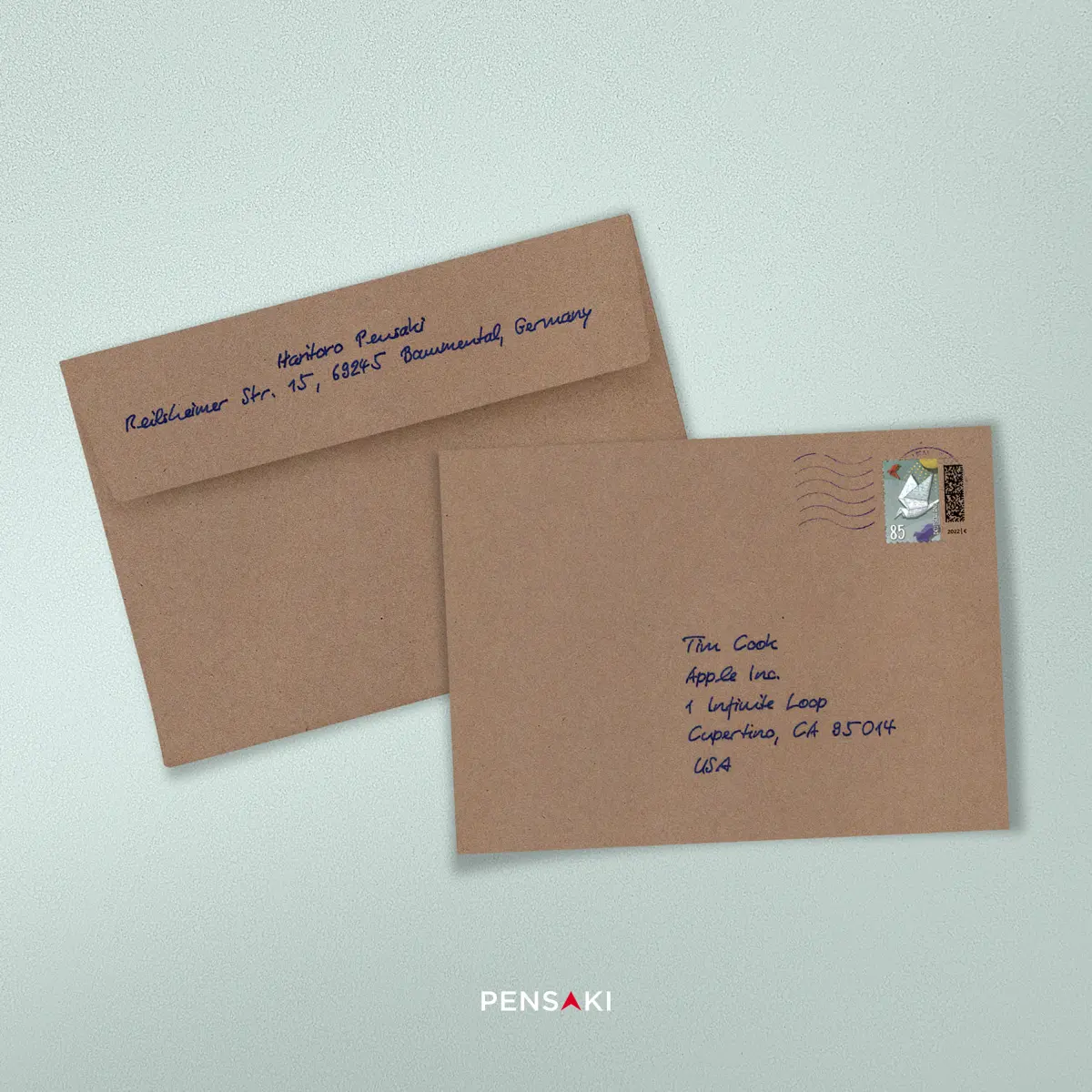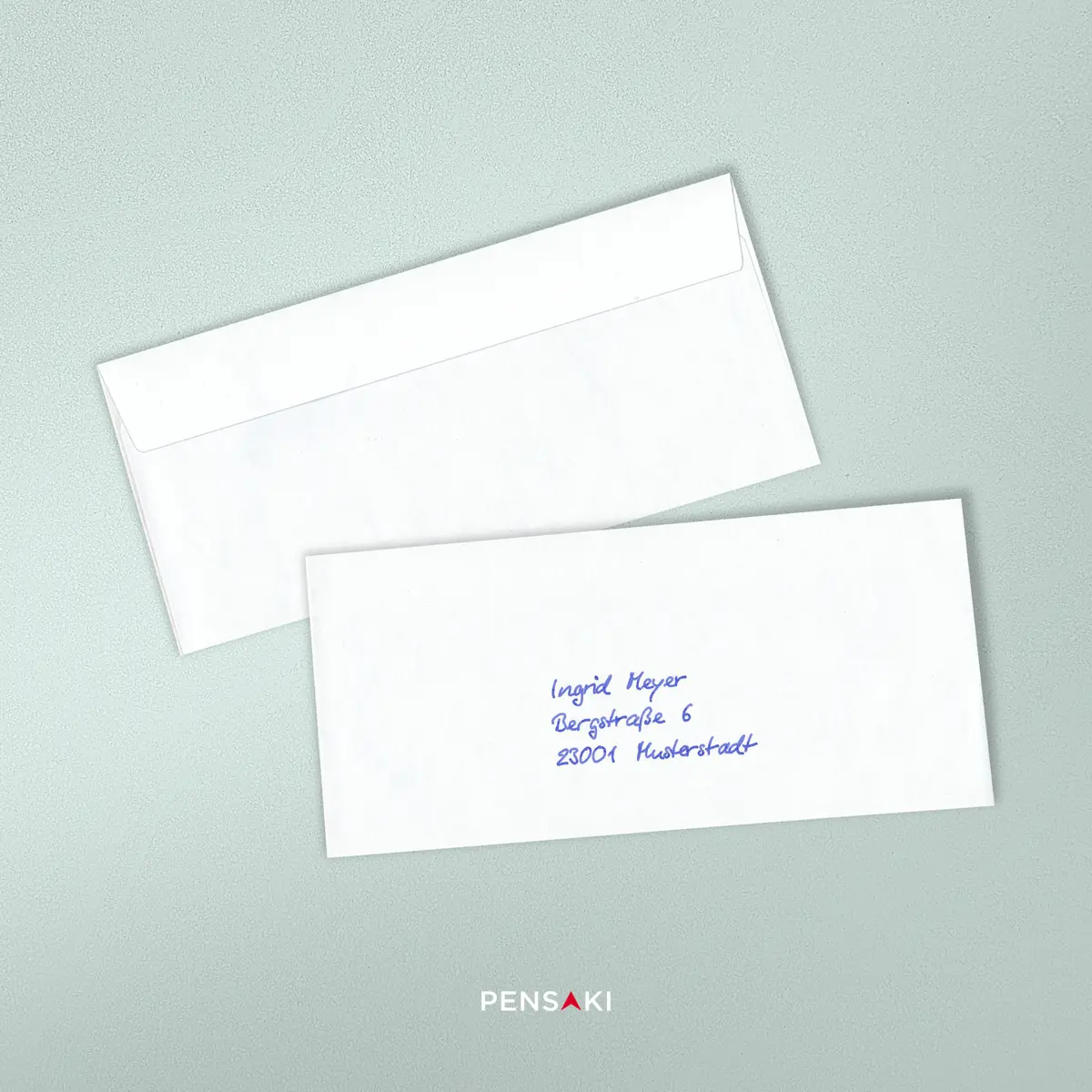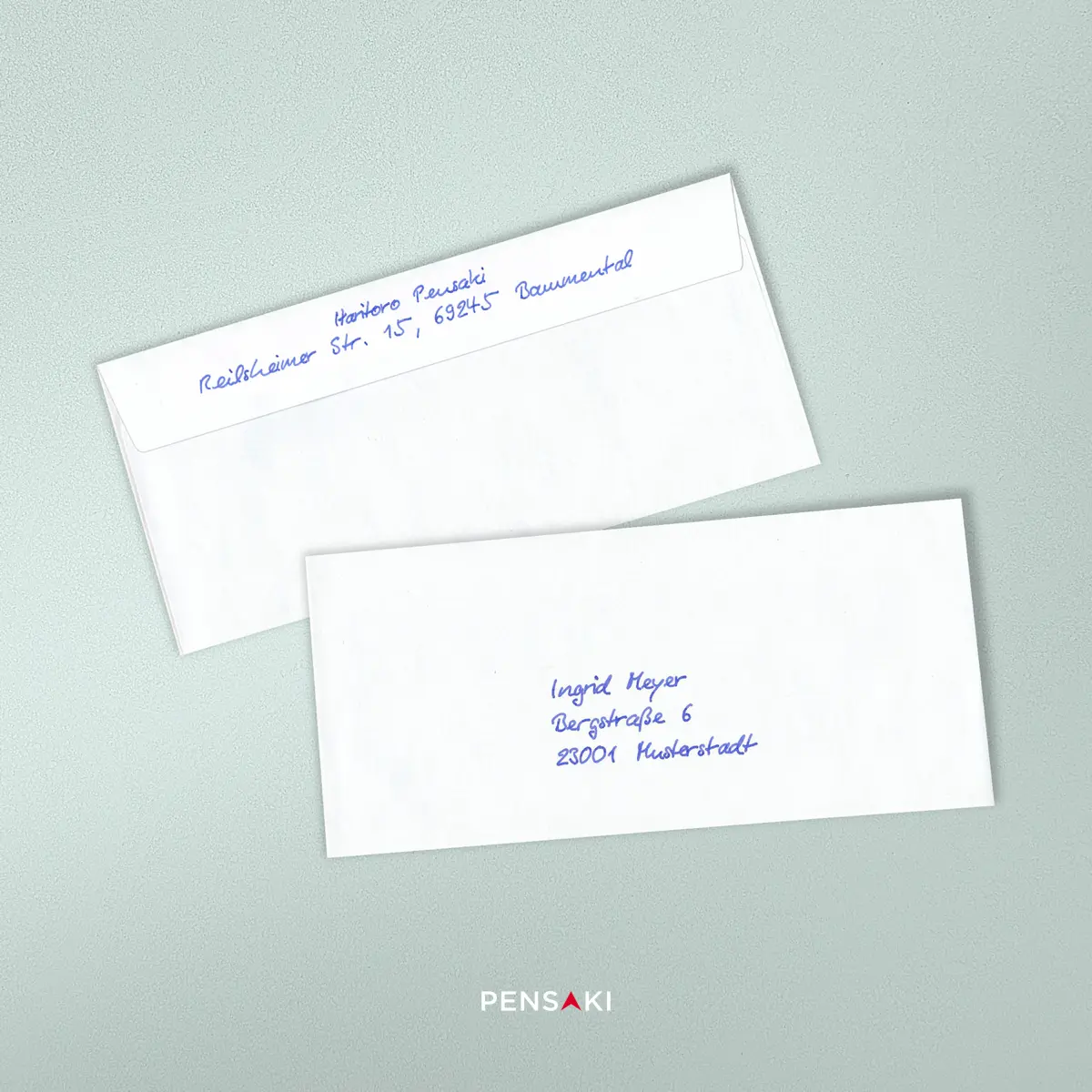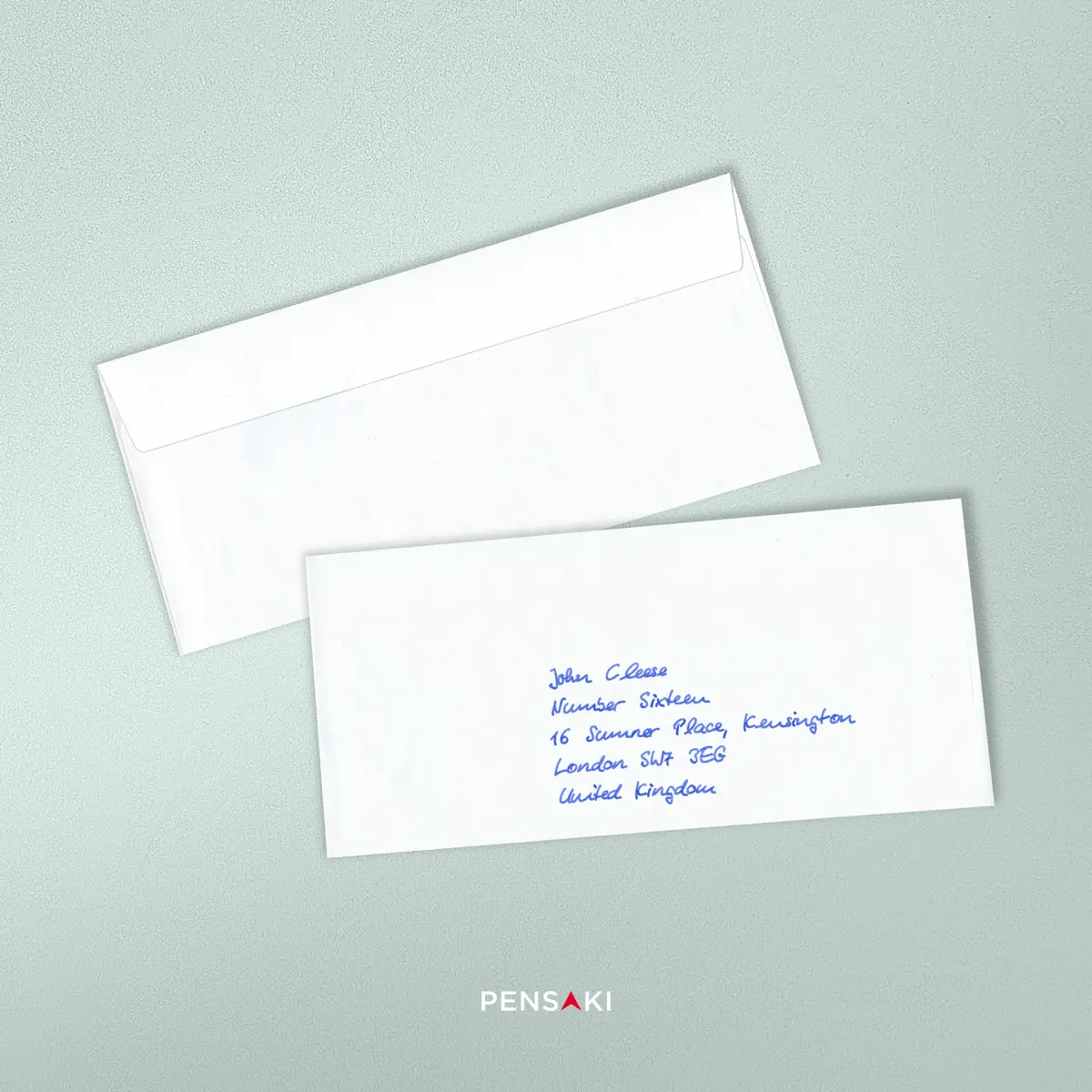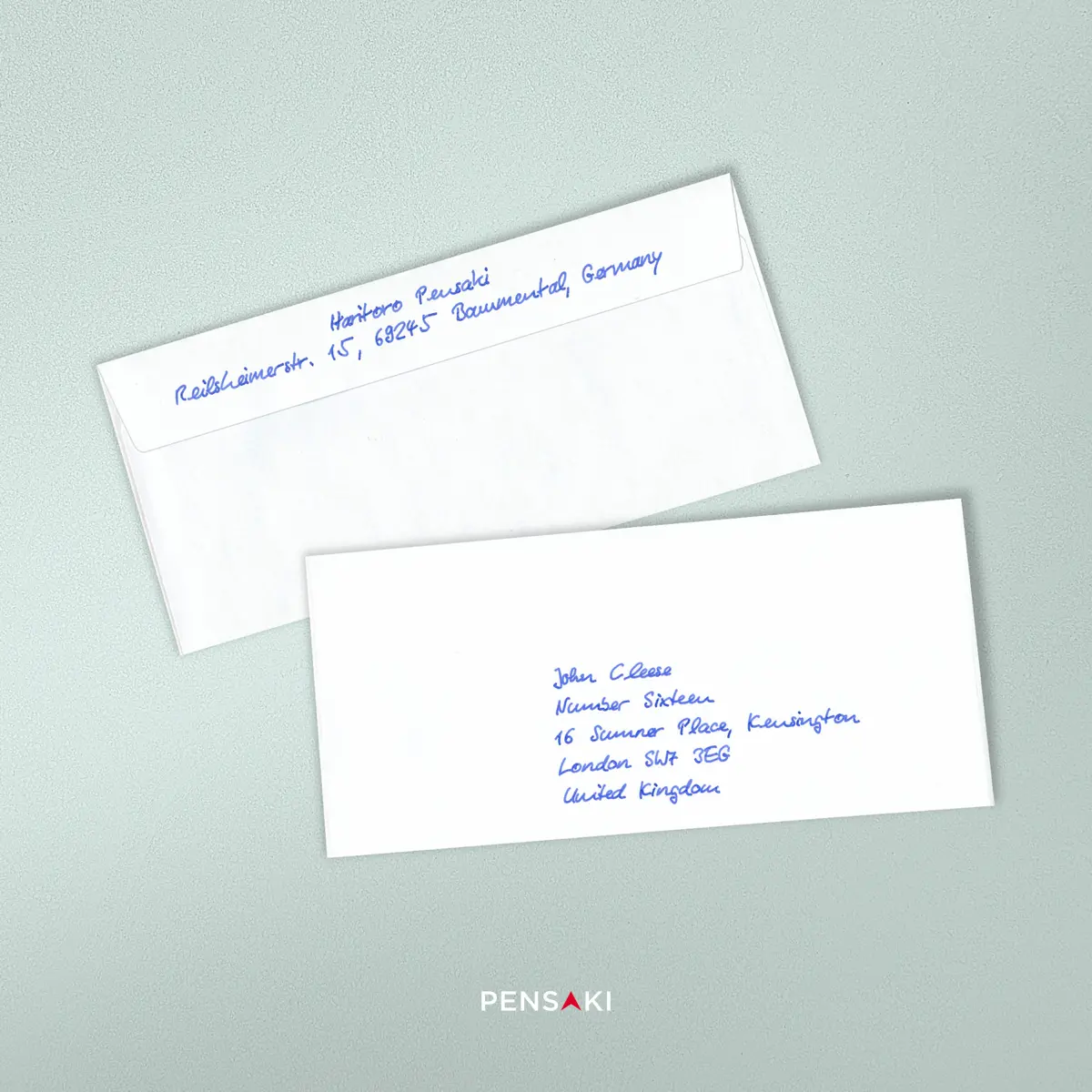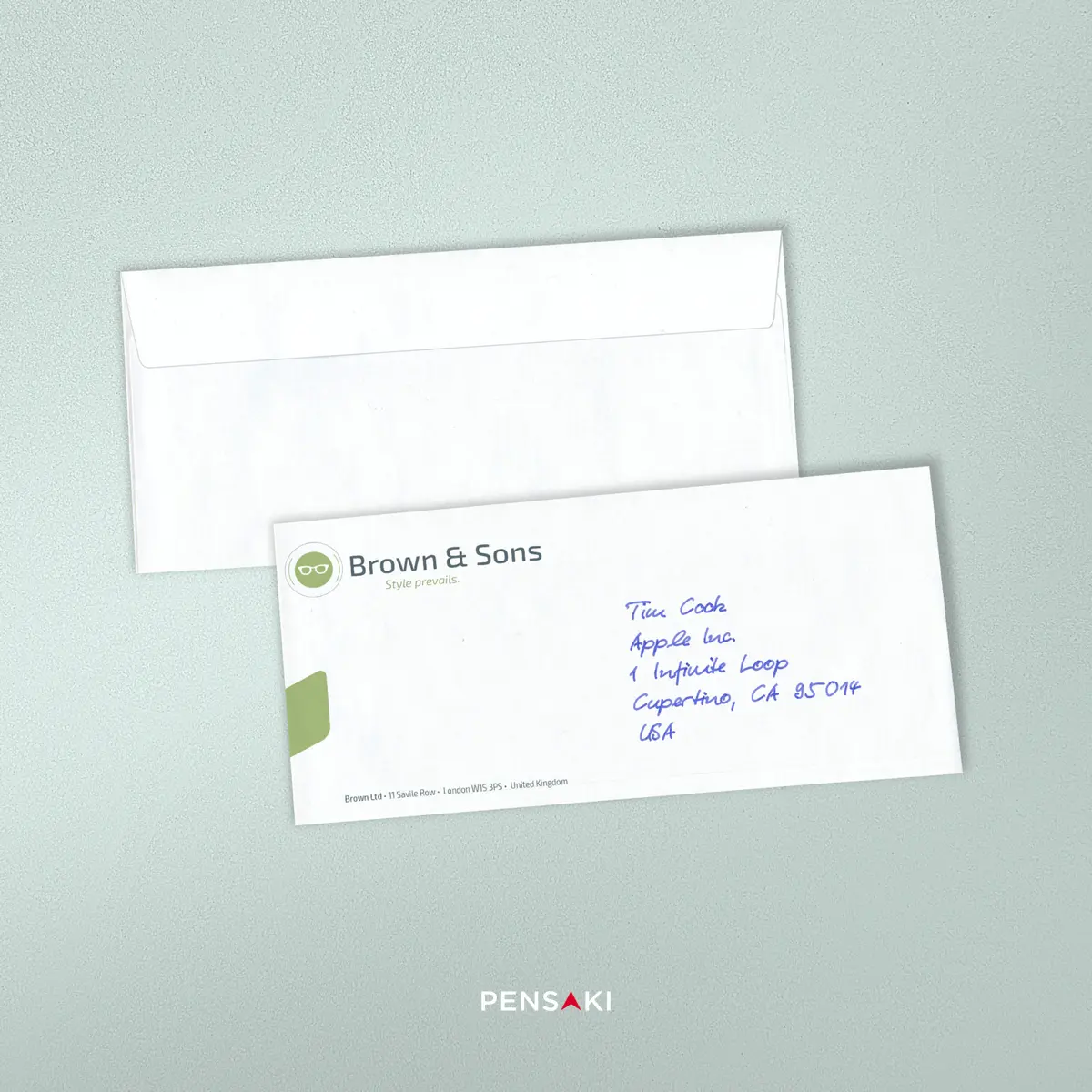Harnessing Handwritten Envelopes as a powerful nudge
Handwritten envelopes, with their inherent power to nudge, offer a unique and effective approach to marketing and communication. They tap into the human desire for personalization, connection, and authenticity. When employed strategically, they can significantly enhance the impact of your messages, leading to higher engagement and better conversion rates. In the age of digital saturation, handwritten envelopes are a standout idea that can set your marketing campaigns apart and leave a lasting impression on your audience.
In today’s fast-paced world, where information overload is the norm and attention spans are fleeting, capturing someone’s attention and persuading them to take a desired action is no small feat. Enter the intriguing concept of “nudges.” Nudges are subtle, often subconscious, pushes in the right direction – the art of gently steering people toward making choices that are in their best interest. One particularly compelling way to implement nudges in marketing and communication is through the use of handwritten envelopes. In this exploration, we’ll delve into the captivating world of nudges and unveil why handwritten envelopes are an outstanding marketing idea.
Handwritten Envelopes: A Masterful Tool for Influence
Nudges, as a concept, have garnered immense attention in the fields of behavioral economics and psychology. Coined by Nobel laureate Richard Thaler and legal scholar Cass Sunstein, “nudging” refers to any aspect of choice architecture that alters people’s behavior in a predictable way without forbidding any options or significantly changing their economic incentives. Essentially, it’s about gently guiding individuals toward making choices that are in their best interest, often without them even realizing it.
The power of nudges lies in their subtlety. Rather than using blatant persuasion or coercion, nudges employ subtle cues, reminders, or changes in presentation to influence decision-making. They can be found everywhere in our daily lives, from the layout of a cafeteria that encourages healthier eating choices to the default settings on our smartphones.
Handwritten Envelopes: A Remarkable Nudge
Among the arsenal of nudge techniques, handwritten envelopes stand out as a remarkably powerful tool, especially in marketing and communication. These envelopes, with a handwritten name or address on the front, possess an irresistible charm that immediately distinguishes them from the impersonal, mass-produced mail that floods our mailboxes. Let’s delve into why handwritten envelopes are a standout idea in marketing.
Personalization and Connection: In a digital age dominated by automated communication, receiving something handwritten feels like a breath of fresh air. Handwritten envelopes create an immediate sense of personalization and human connection. The recipient feels valued, as if someone took the time and effort to address them personally.
Curiosity and Engagement: The unique appearance of a handwritten envelope piques curiosity. It stands out amidst a sea of plain, printed envelopes. The simple act of picking up a handwritten envelope and examining it is already a win for your marketing campaign – you’ve captured the recipient’s attention and engaged them.
Emotional Impact: Handwritten envelopes tap into the emotional side of decision-making. When individuals receive such personalized correspondence, it triggers an emotional response, often leading to a deeper connection with the message contained within. This emotional resonance can be a significant factor in driving action.
Trust and Authenticity: In an era where scams and phishing attempts are prevalent, recipients are more likely to trust a handwritten letter. It signals that the sender is a genuine, caring entity rather than a faceless corporation.
Handwritten envelopes consistently boast very high open rates
Extraordinary Open Rates: Handwritten envelopes consistently boast highest open rates compared to their printed counterparts. When people see that personal touch, they are more inclined to see what’s inside.
Memorability: Handwritten envelopes are memorable. Recipients are more likely to remember and recall the content of a handwritten letter compared to a standard, printed communication. This makes your message stick in their minds for a longer time.
Optimizing the Power of Handwritten Envelopes
To fully harness the potential of handwritten envelopes in your marketing endeavors, a few key strategies can be employed:
Segmentation: Tailor your handwritten envelope campaign to specific audience segments. Personalization goes beyond just the envelope; it extends to the content within. Address the unique needs and interests of each segment to maximize the impact.
Authenticity: Ensure that the content inside the handwritten envelope aligns with the personal touch on the outside. Authenticity is crucial to maintaining trust and credibility.
Compelling Content: Craft compelling, relevant, and persuasive content to deliver the desired message. The power of the handwritten envelope gets your foot in the door, but your message needs to seal the deal.
Timing: Consider the timing of your handwritten envelope campaign. Send it at a moment when the recipient is most receptive to your message, increasing the likelihood of a positive response.
Tracking and Analysis: Implement tracking mechanisms to measure the success of your handwritten envelope campaign. Analyze open rates, response rates, and conversion rates to fine-tune your approach.
Read More:
- Psychology and ‘nudges’: Five tricks the taxman uses to make you pay £210m extra This article explains the psychological tricks and techniques used by HMRC to get taxpayers to pay tax faster – and thereby flush hundreds of millions of pounds into the public coffers. HM Revenue & Customs is responsible for taxing and collecting taxes from individuals and companies.
Be smart and sign up for our newsletter!
Your competition keeps itself up to date.
Be smart and sign up for our newsletter!
Your competition keeps itself up to date.
